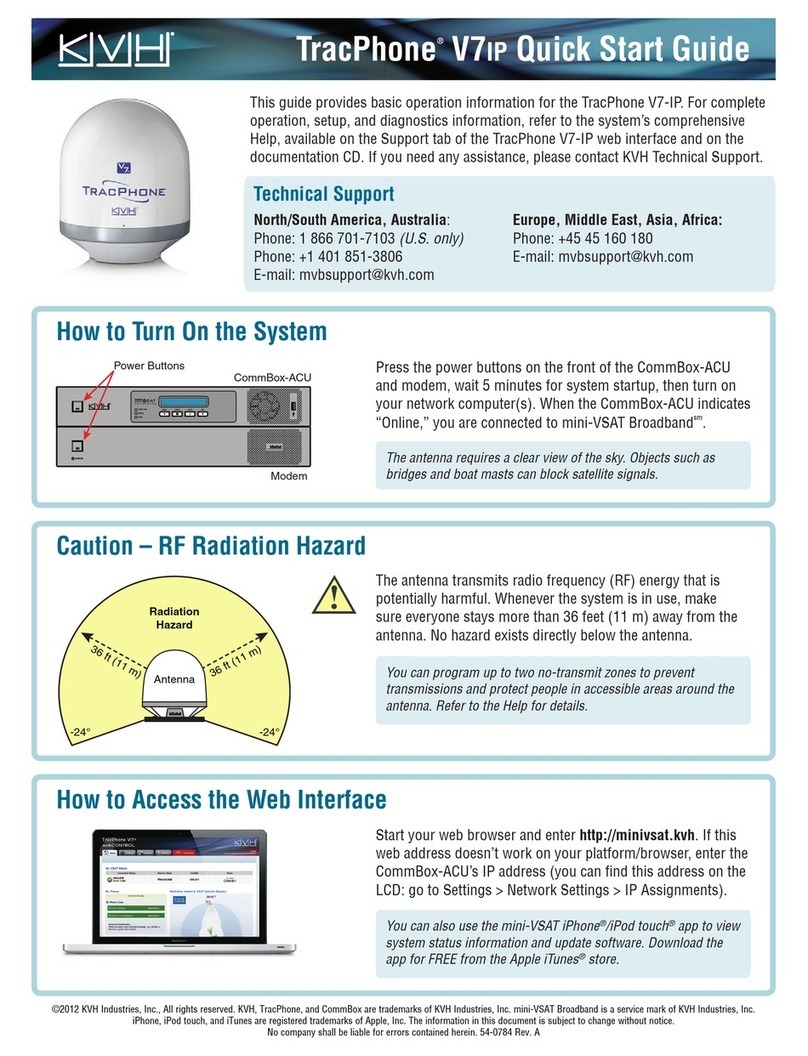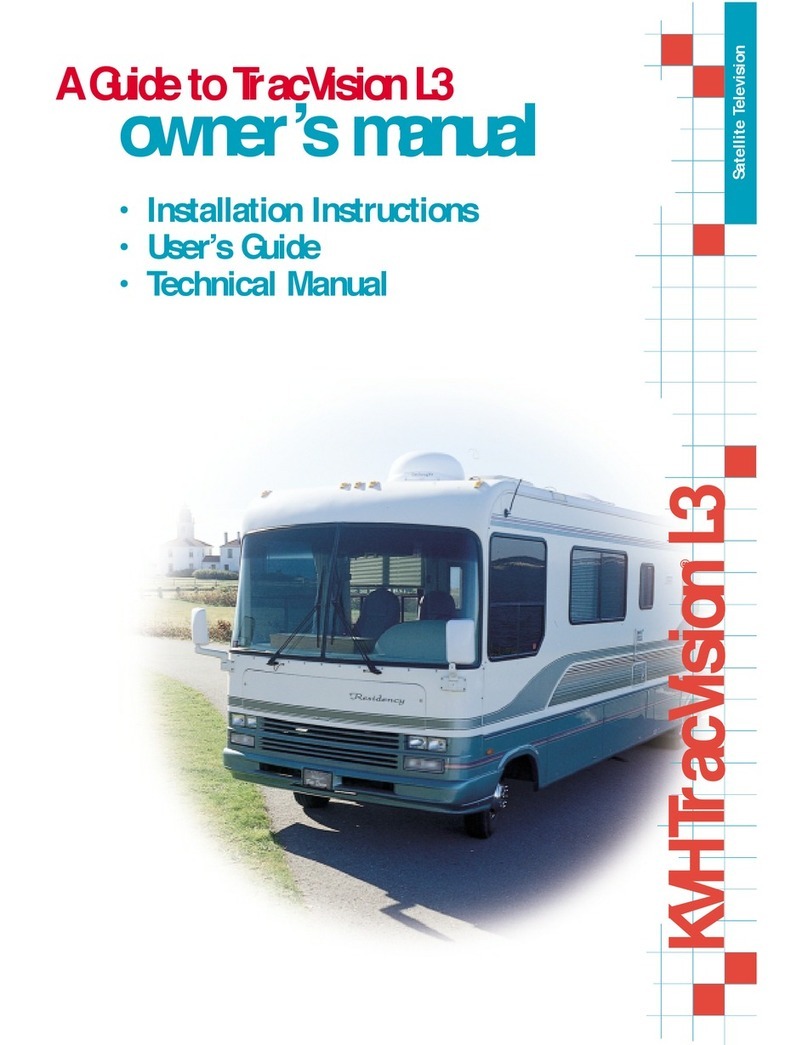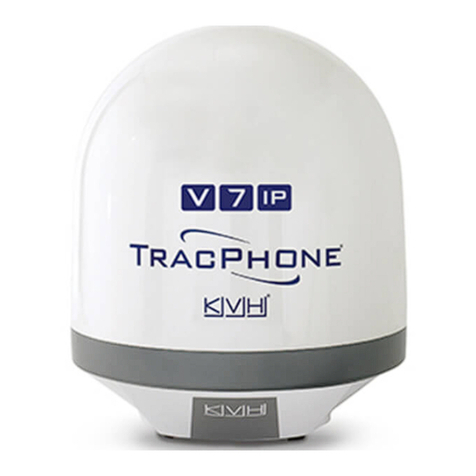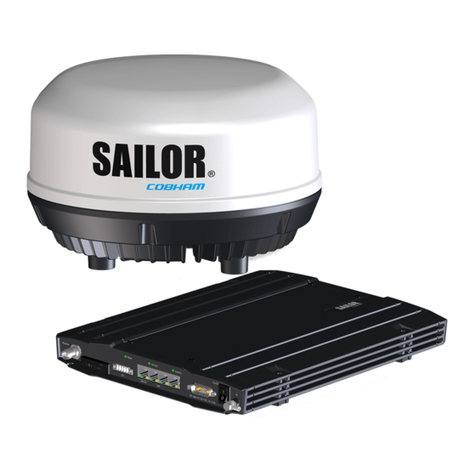KVH Industries TracPhone V11 hts User manual
Other KVH Industries Antenna manuals
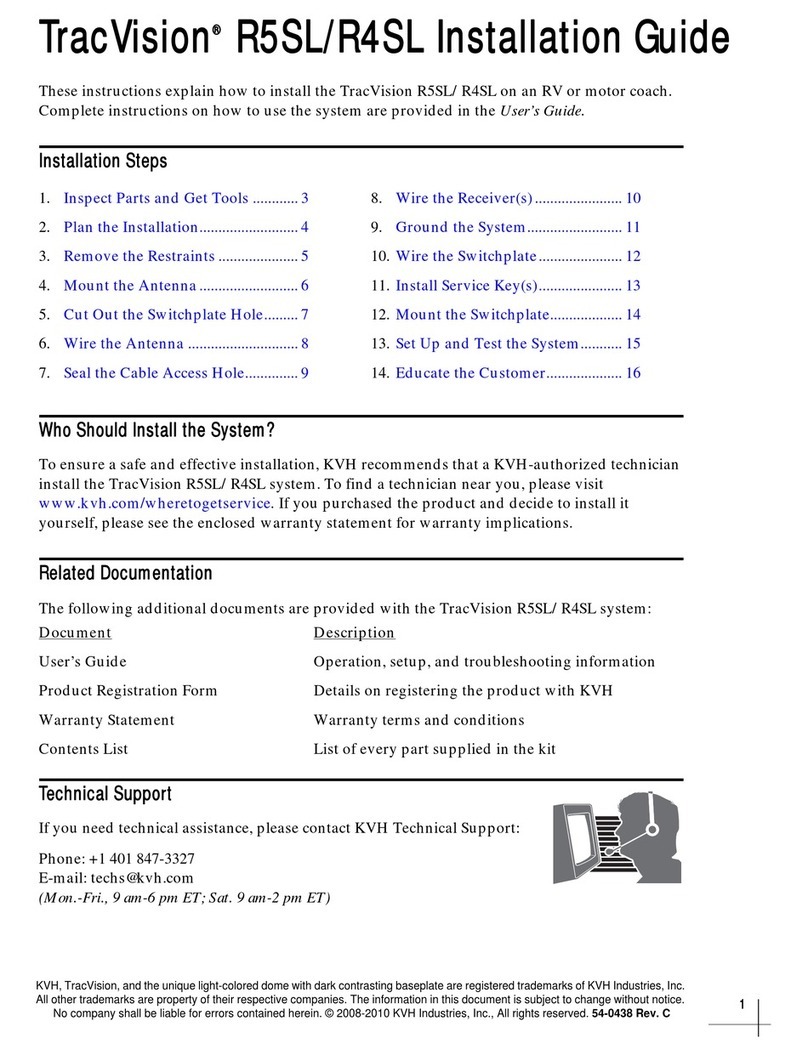
KVH Industries
KVH Industries TracVision R5SL User manual
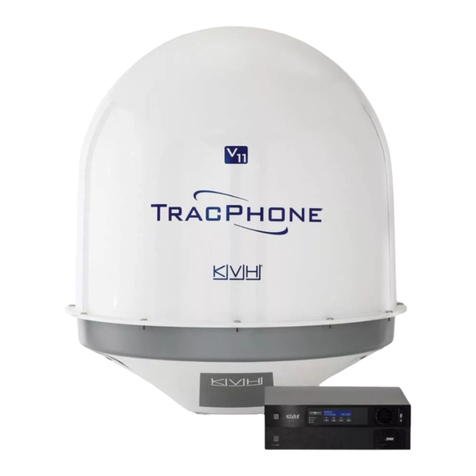
KVH Industries
KVH Industries TracPhone V11 User manual
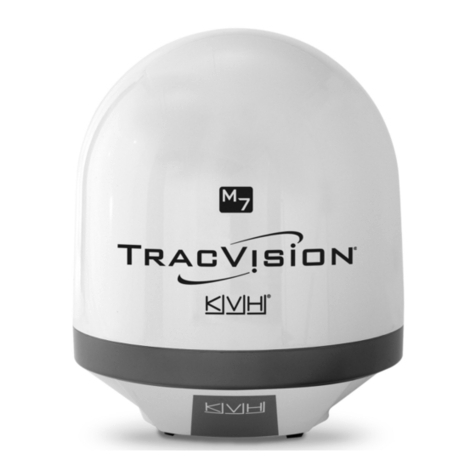
KVH Industries
KVH Industries tracvision M7SK User manual
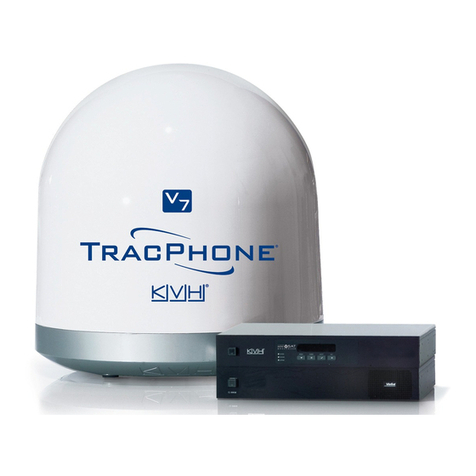
KVH Industries
KVH Industries TracPhone V7 User manual
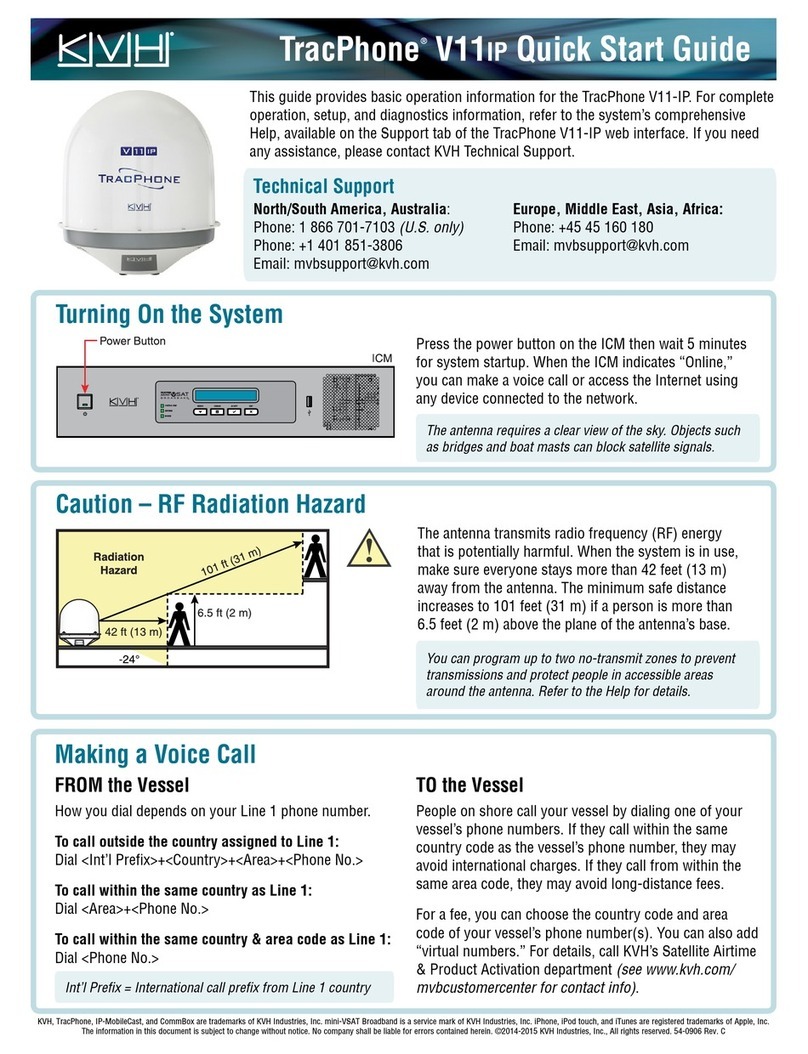
KVH Industries
KVH Industries TracPhone V11IP User manual
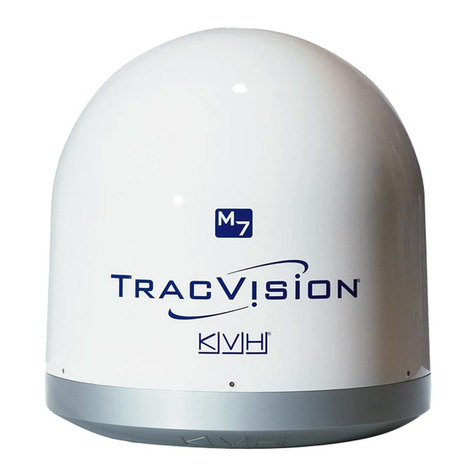
KVH Industries
KVH Industries TracVision M5 User manual
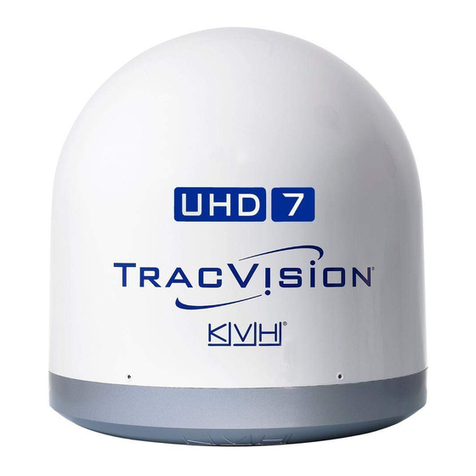
KVH Industries
KVH Industries TracVision UHD7 User manual
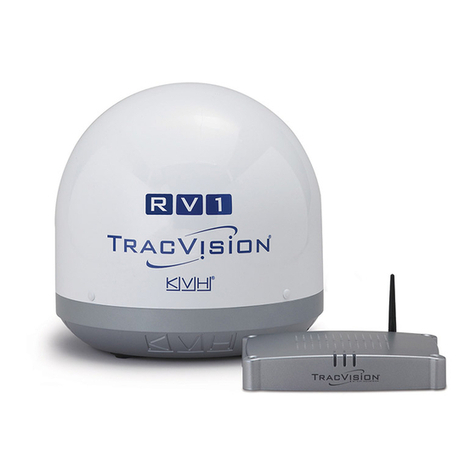
KVH Industries
KVH Industries TracVision TV1/RV1 Guide
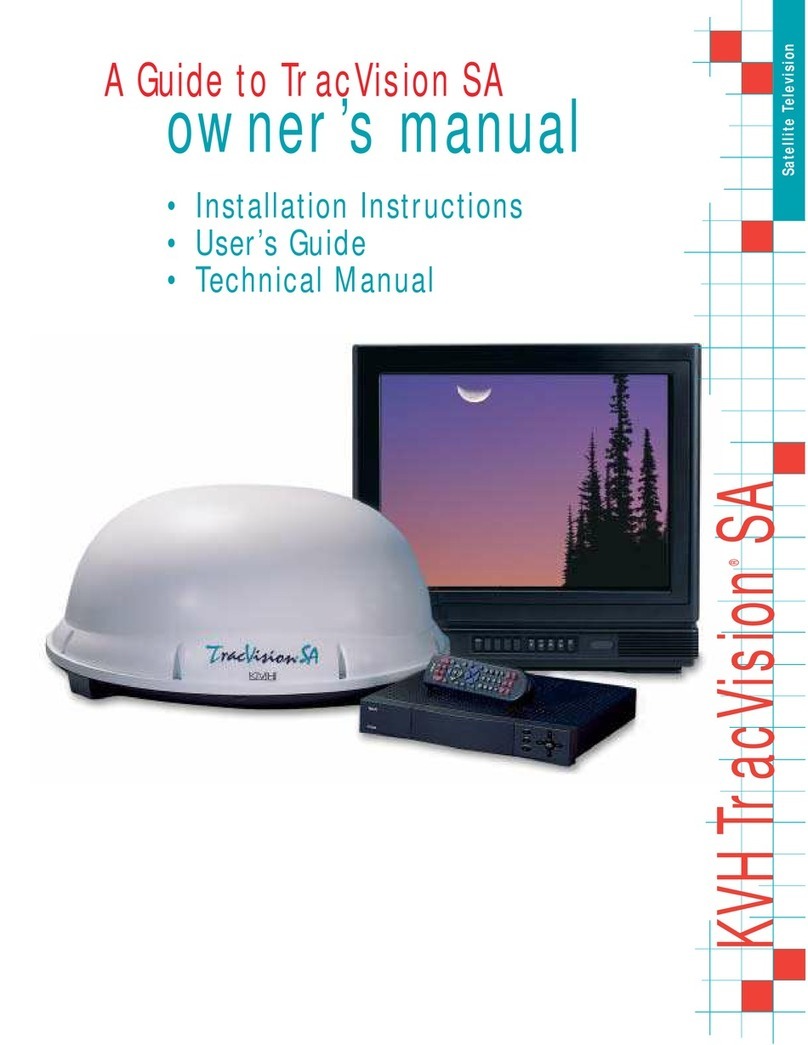
KVH Industries
KVH Industries 5616 User manual
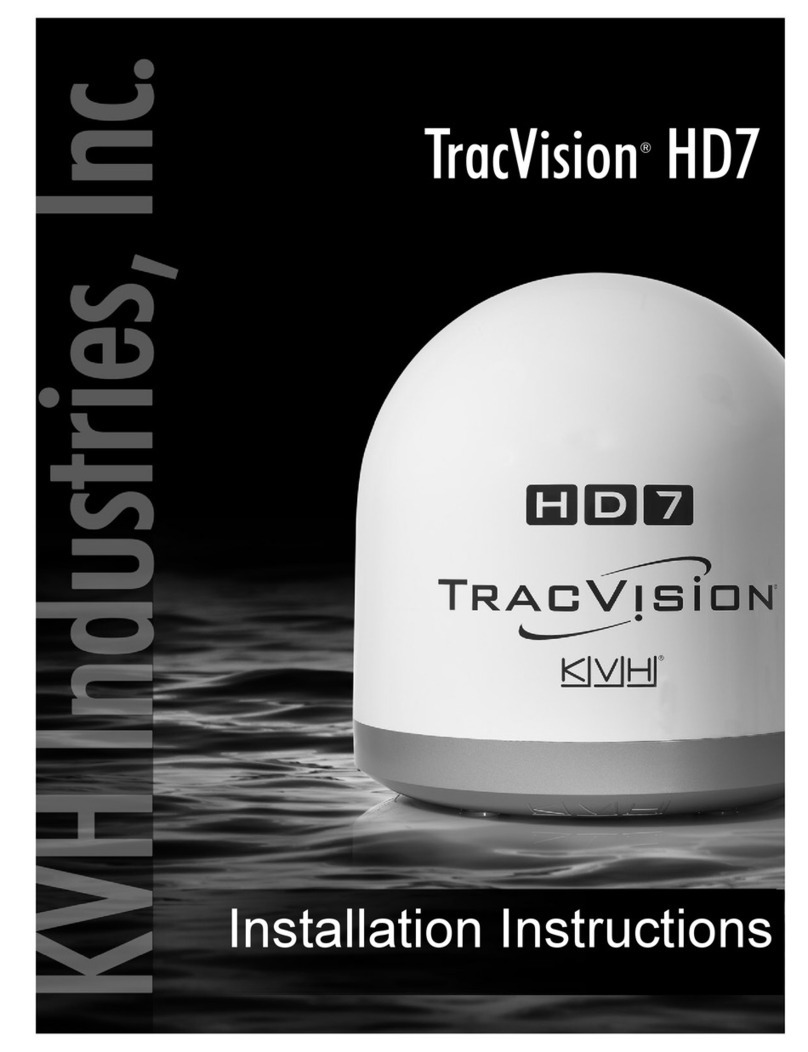
KVH Industries
KVH Industries TracVision HD7 User manual
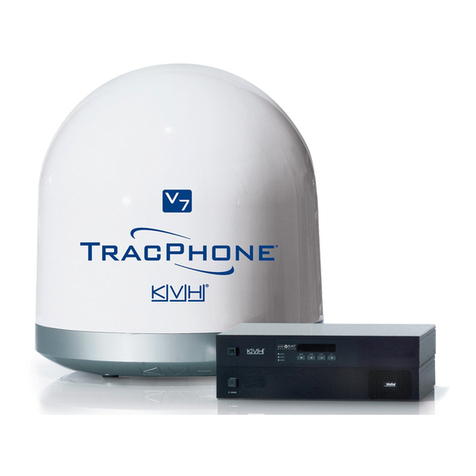
KVH Industries
KVH Industries TrackPhone V7 User manual
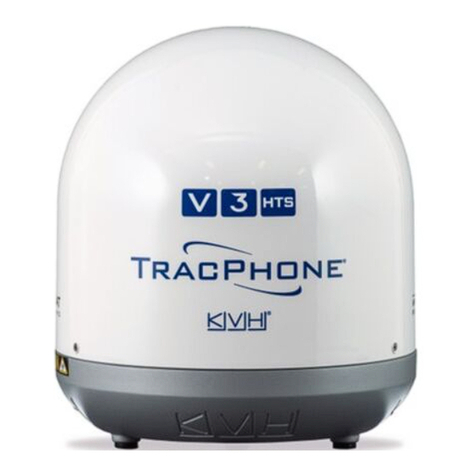
KVH Industries
KVH Industries TracPhone V3HTS User manual
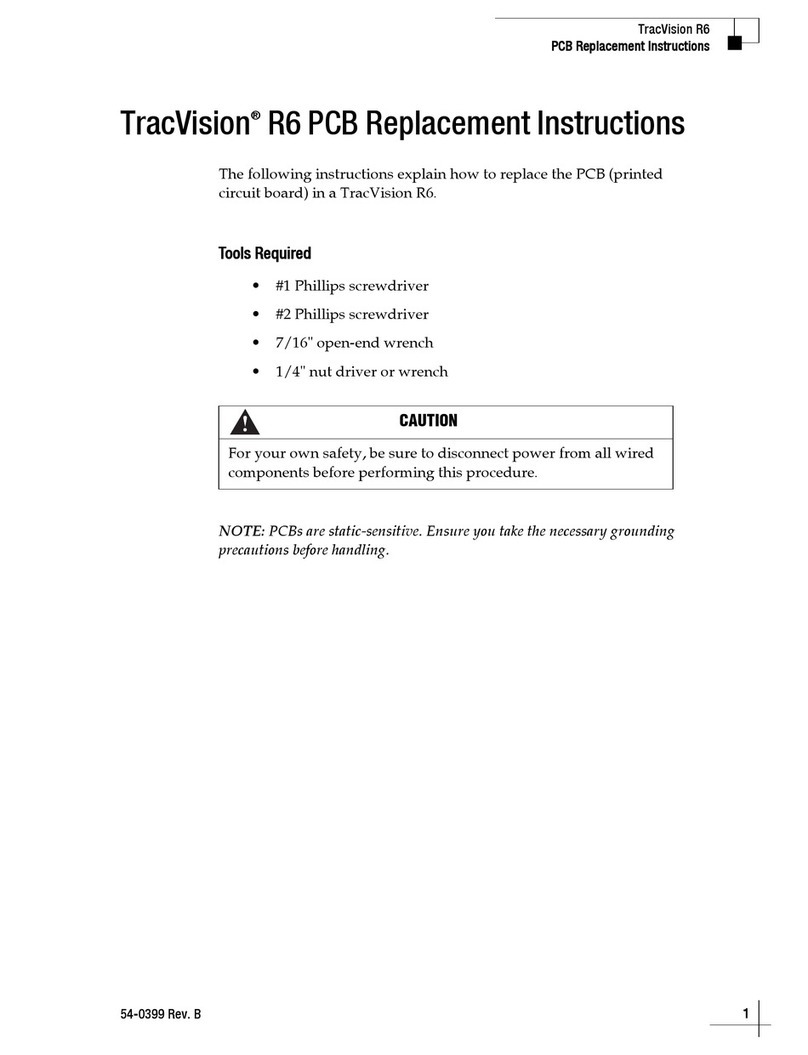
KVH Industries
KVH Industries TracVision R6 DX Guide
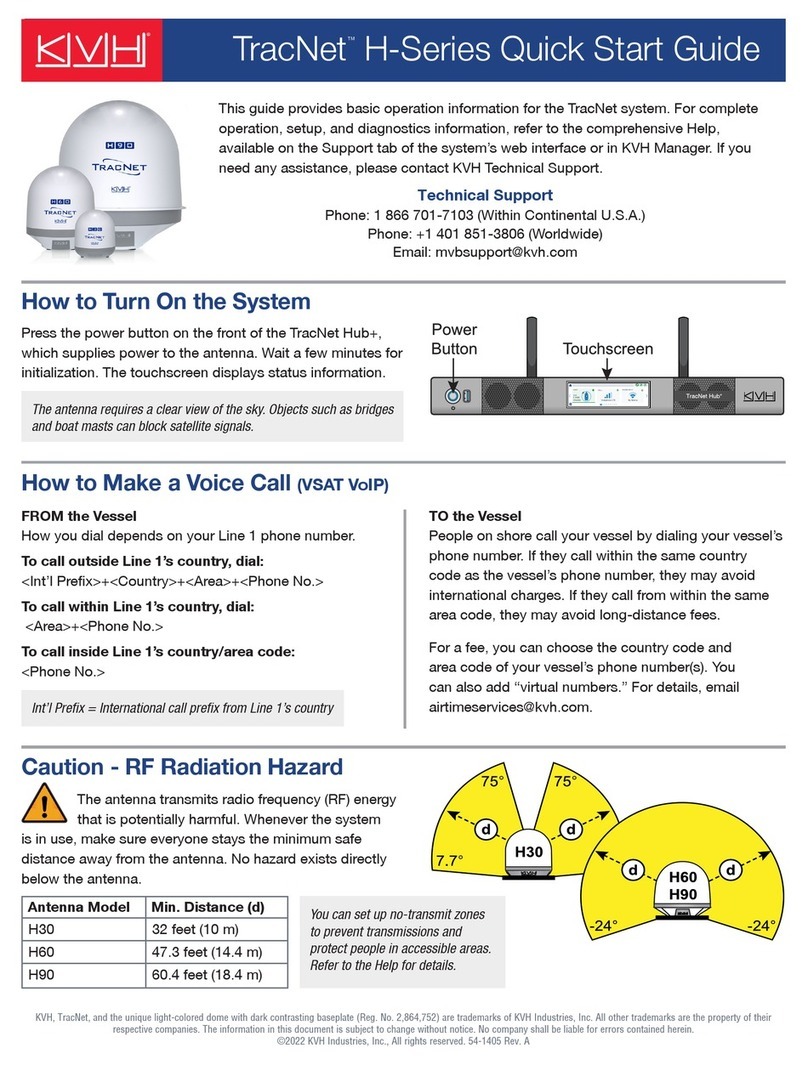
KVH Industries
KVH Industries TracNet H30 User manual
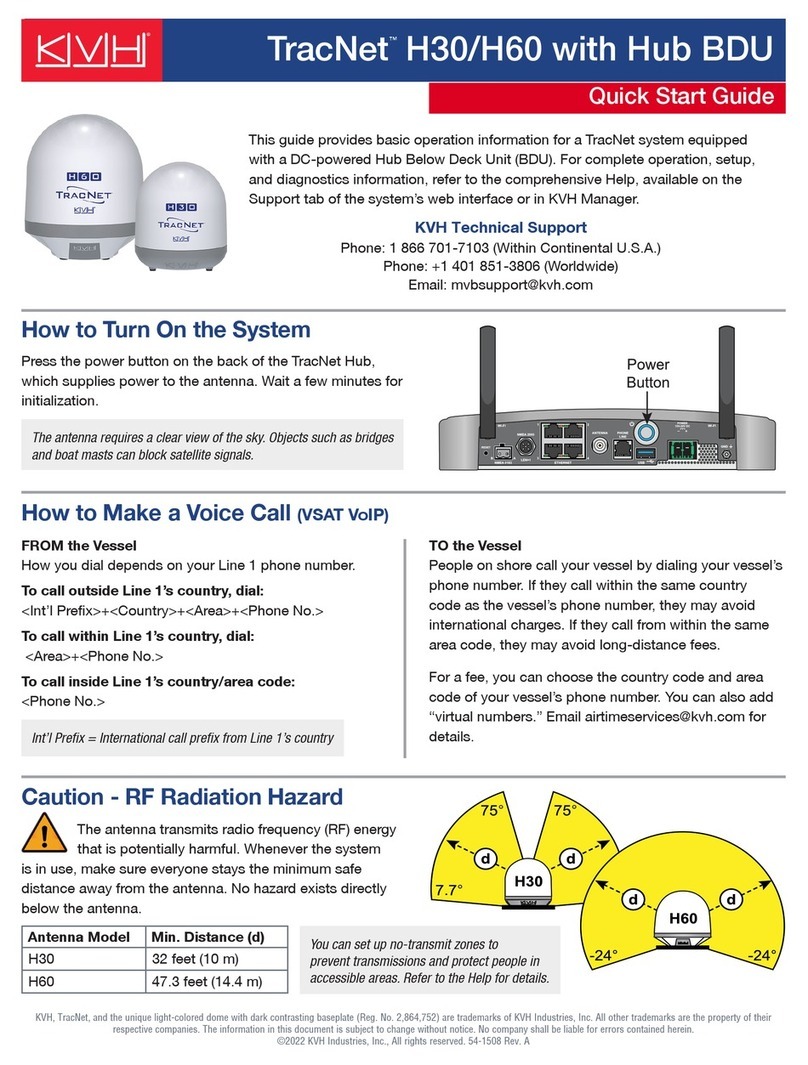
KVH Industries
KVH Industries TracNet H30 User manual
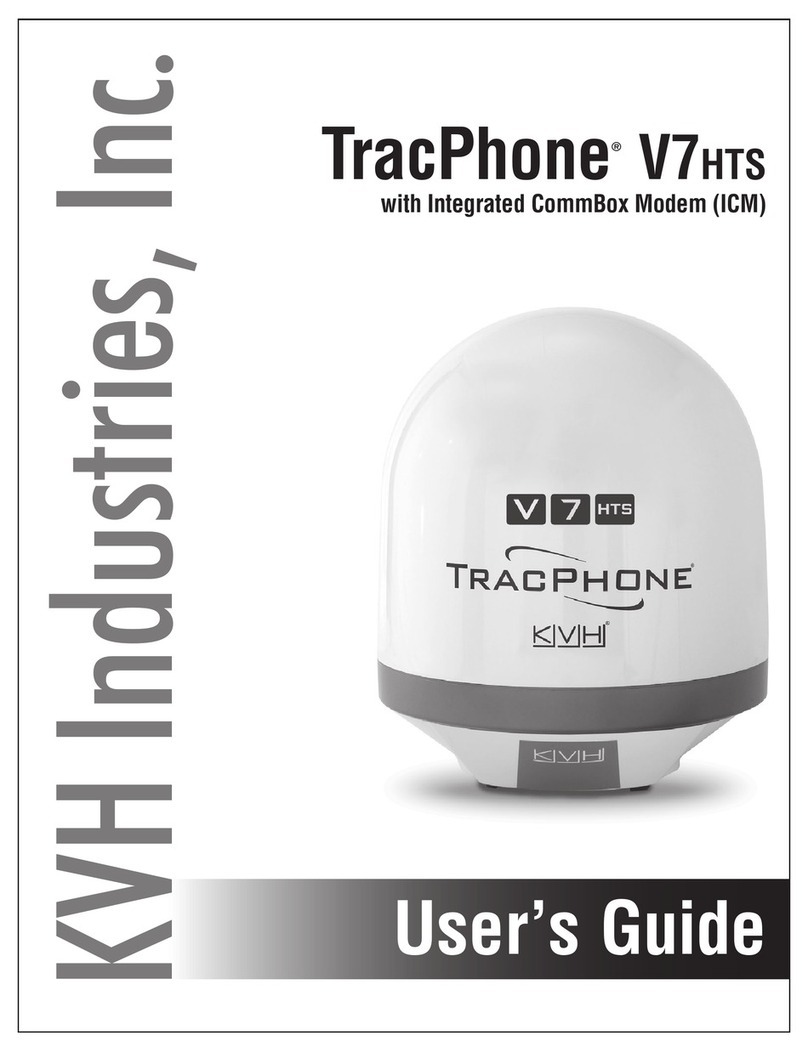
KVH Industries
KVH Industries TracPhone V7 HTS User manual

KVH Industries
KVH Industries TracVision TV6 User manual
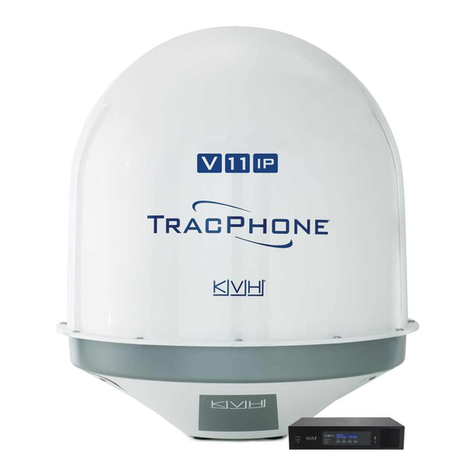
KVH Industries
KVH Industries TracPhone V11IP User manual
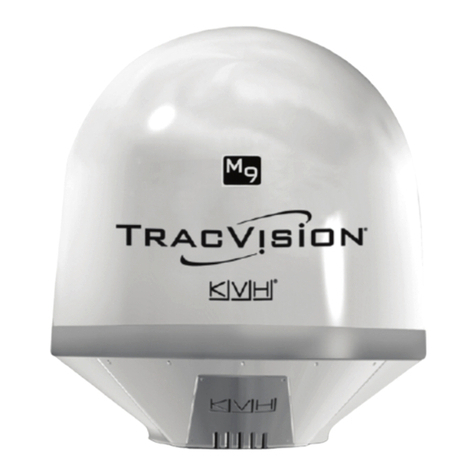
KVH Industries
KVH Industries TracVision M9 Guide
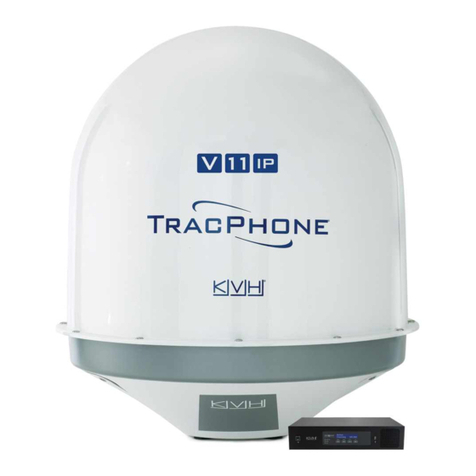
KVH Industries
KVH Industries TracPhone V11IP User manual
Popular Antenna manuals by other brands

TERK Technologies
TERK Technologies TV44 owner's manual

TERK Technologies
TERK Technologies SIR3 owner's manual

Directive Systems & Engineering
Directive Systems & Engineering DSE2324LYRMK quick start guide

HP
HP J8999A instructions

MobilSat
MobilSat MSP-S Mounting instructions

Steren
Steren ANT-UHF 13 instruction manual
